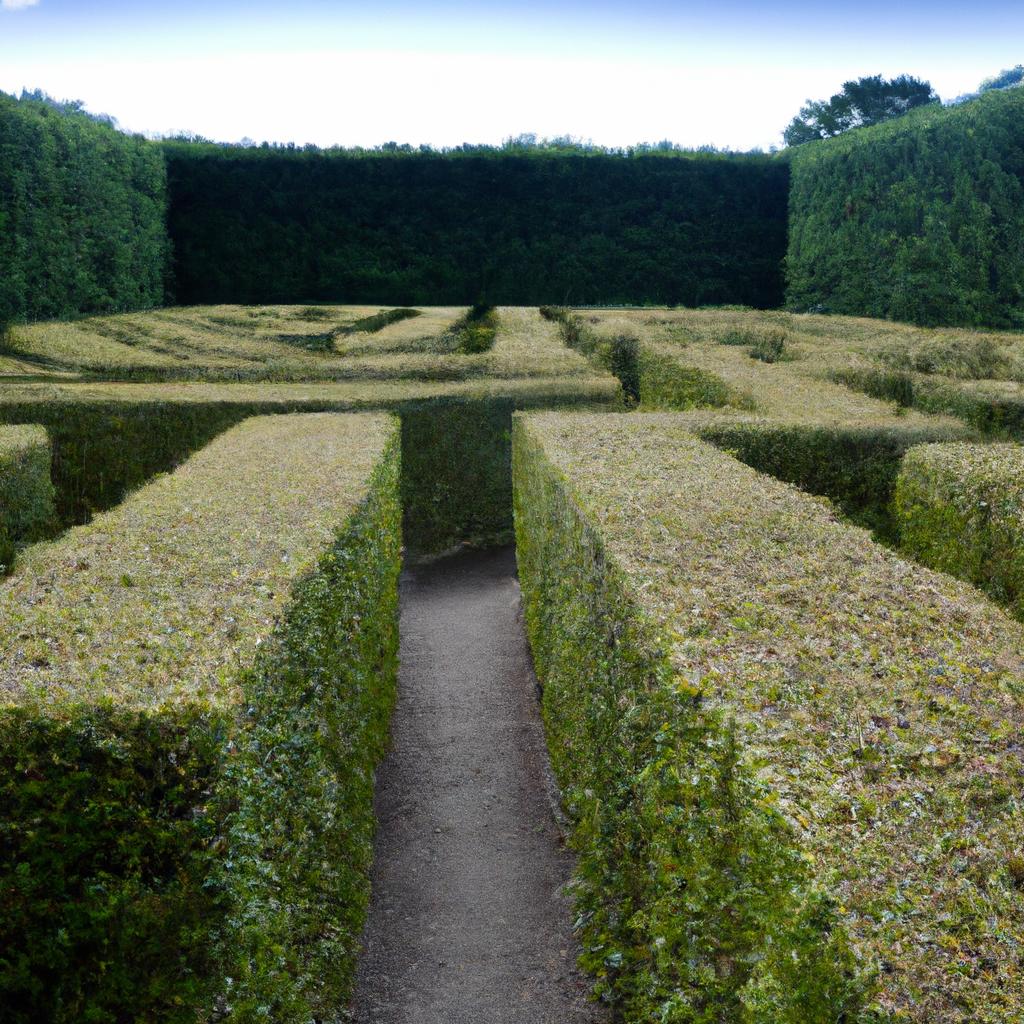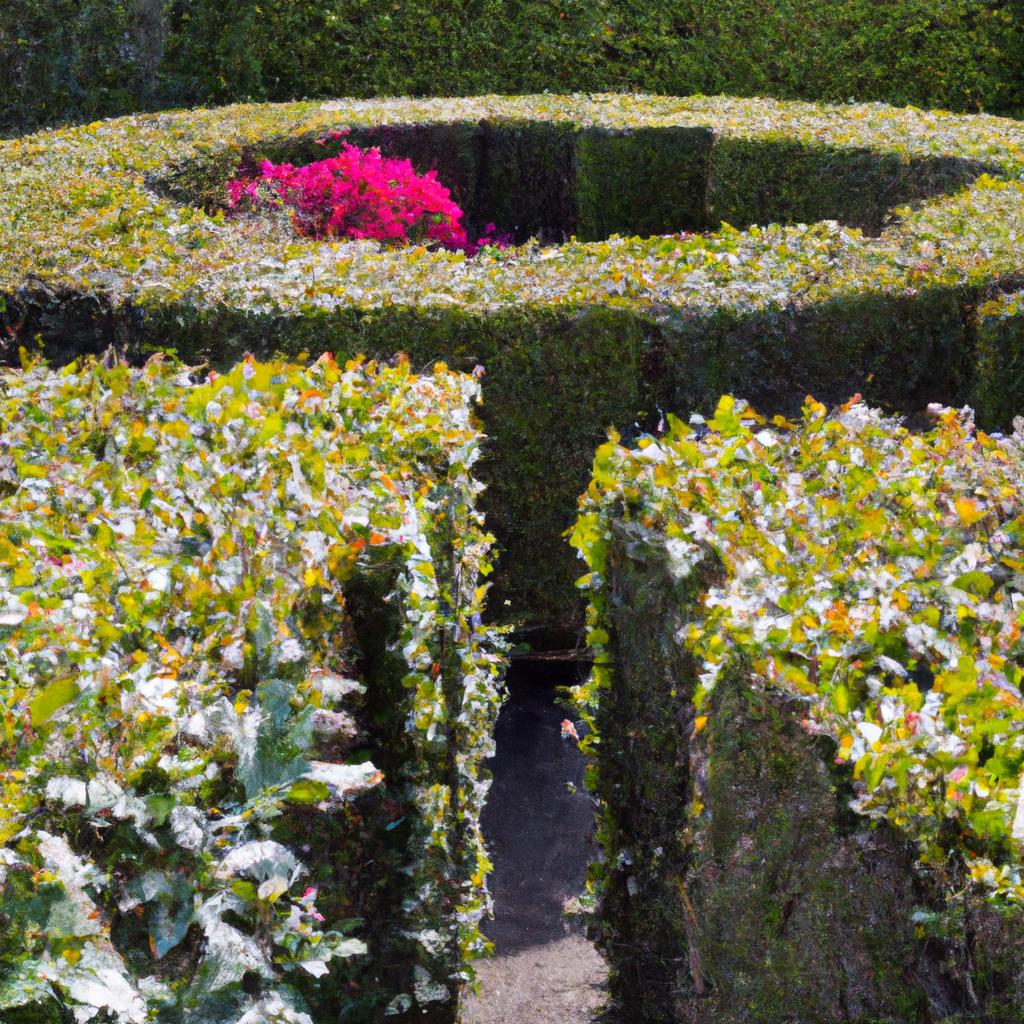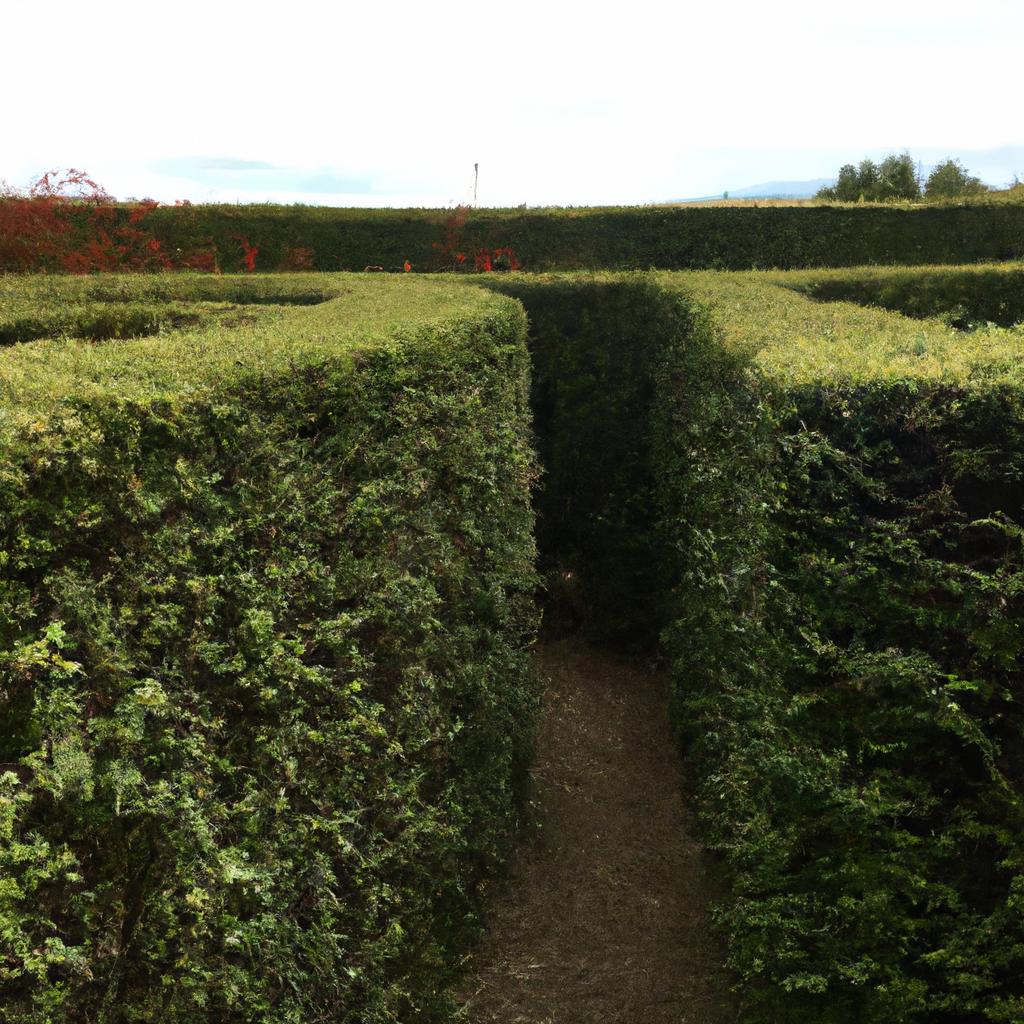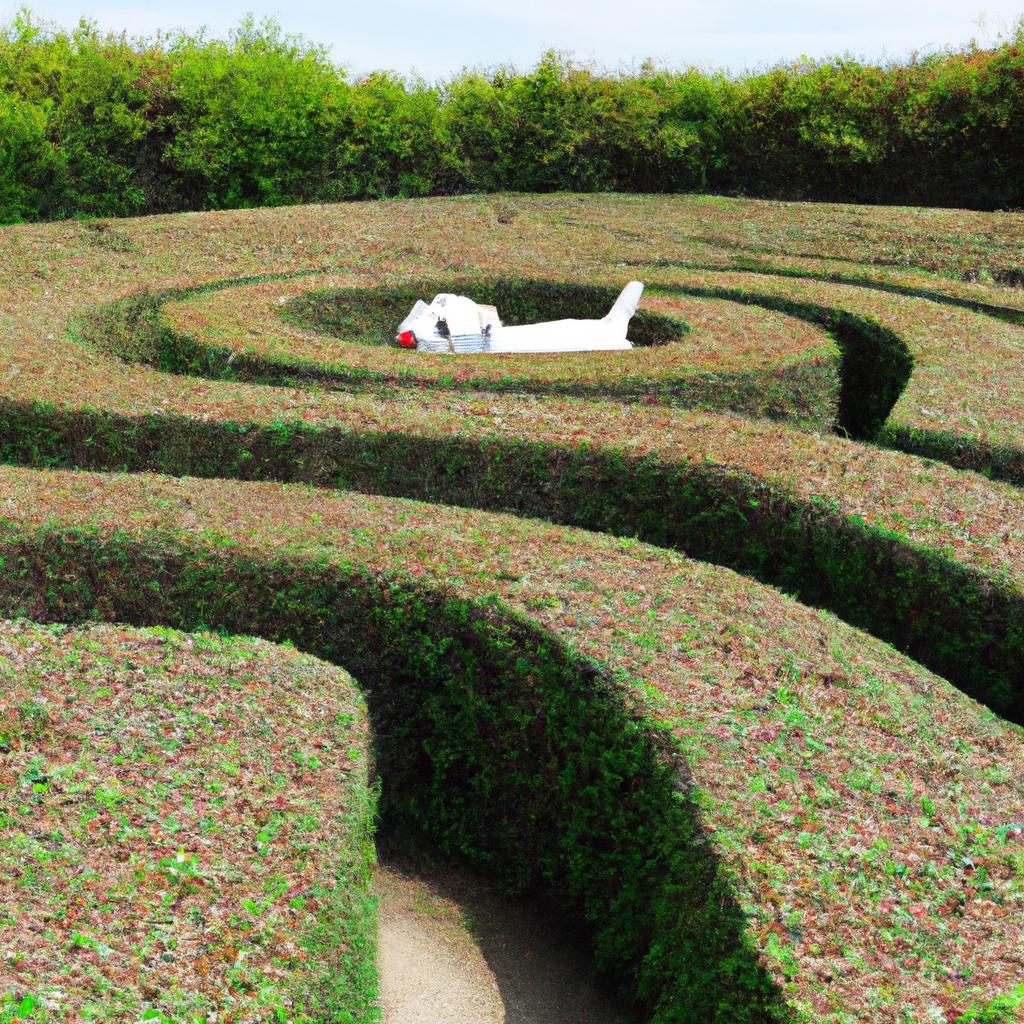Are you searching for ways to add a touch of uniqueness to your garden or park? Look no further than a hedge maze! Not only are hedge mazes visually stunning, but they also offer an exciting and challenging experience for visitors. However, designing a hedge maze requires careful planning and consideration of various factors. In this article, we will provide a comprehensive guide to designing a hedge maze that is both functional and visually appealing.
The History of Hedge Mazes

Hedge mazes have been around for centuries and continue to captivate people’s imaginations. The first recorded hedge maze was built in the late 16th century at the Hampton Court Palace gardens in England. Since then, hedge mazes have been constructed worldwide, with diverse designs and purposes. During the 18th and 19th centuries, hedge mazes were popular among the wealthy, featuring intricate designs and puzzles that challenged and entertained visitors.
Today, hedge mazes remain sought-after attractions in parks and gardens, offering a wide range of designs and styles. From classic geometric patterns to modern and abstract designs, there are countless options for those looking to create a unique and impressive hedge maze. In the following sections, we will explore the key factors to consider when designing a hedge maze.
Factors to Consider in Hedge Maze Design

Designing a hedge maze demands careful consideration of several factors, including location, size, shape, materials, and maintenance. Here are some essential factors to ponder:
Location
Selecting the right location is vital. The maze should be easily accessible and visible to visitors and fit harmoniously into the surroundings. Consider having enough space to accommodate the maze’s paths and hedges while also aligning the location with the maze’s design and size.
Size
The size of the hedge maze will depend on the available space and its purpose. A smaller maze might be suitable for a residential garden, while a larger one could be fitting for a public park or attraction. The maze’s size will also impact the complexity of the design.
Shape
The shape of the hedge maze is a critical factor to consider. It should complement and enhance the surrounding landscape while being visually appealing. The shape will also influence the maze’s difficulty level, including the number of dead ends and false paths.
Materials
The materials used to construct the hedge maze will affect its durability and maintenance requirements. Hedges can be made from various plants, such as boxwood, yew, or holly. Paths can be built using materials like gravel, wood chips, or paving stones.
Maintenance
Maintaining a hedge maze requires ongoing effort and attention. Regular trimming and shaping are necessary to preserve the maze’s design and shape. Additionally, pathways must be maintained to ensure visitor safety and accessibility.
Next, let’s explore some popular hedge maze designs, ranging from classic to modern and themed designs.
Popular Hedge Maze Designs
Classic Designs
One of the most beloved hedge maze designs is the classic geometric design. It features straight paths that intersect at right angles, creating a square or rectangular shape. This design is elegant, relatively easy to maintain, and provides a challenging experience for visitors. Another classic design is the spiral design, with a central spiral path leading visitors to the maze’s center. The surrounding hedges form a circular shape, offering a visually stunning and unique experience.
Modern Designs
Modern hedge maze designs often embrace abstract and artistic elements. The wave design is a popular choice, characterized by curved paths that create a wave-like pattern. It offers a visually appealing and meandering experience for visitors. Another sought-after modern design is the star design, featuring a central star-shaped path surrounded by hedges forming a star shape. This design is visually striking and provides a challenging adventure for visitors.
Themed Designs
Themed hedge maze designs are gaining popularity, offering a wide variety of options. Animal-shaped mazes, such as butterflies or dragons, bring whimsy and delight to visitors. Historical designs, like castles or pirate ships, transport visitors to different eras. Themed mazes can be customized to fit the location and surroundings, creating unique and educational experiences related to history or wildlife.
Maintaining Hedge Mazes

Proper maintenance is crucial to ensure the longevity and appeal of a hedge maze. Neglecting maintenance can result in overgrown hedges, damaged paths, and a maze that loses its functionality and visual charm. Here are some essential maintenance tips:
Regular Trimming and Shaping
Regularly trim and shape the hedges to maintain the maze’s design and shape. Trimming should be done at least twice a year, with additional pruning for faster-growing plants.
Path Maintenance
Regularly inspect and maintain the paths to ensure they are safe and accessible to visitors. Repair any damage like cracks or holes and keep them clear of debris.
Pest Management
Implement regular pest management practices to prevent infestations that could damage the hedges and paths. Protecting the maze’s health and appearance is crucial.
Irrigation and Fertilization
Ensure the hedges receive adequate water and nutrients throughout the year to maintain their health and vitality. Consider the appropriate irrigation and fertilization practices based on the chosen plants and climate.
Conclusion
In conclusion, designing and maintaining a hedge maze requires careful planning and attention to detail. From classic geometric patterns to modern and themed designs, the options are vast. Proper maintenance, including regular trimming, path upkeep, pest management, and irrigation and fertilization, is essential for the maze’s longevity and continued appeal to visitors.
The future of hedge maze designs is promising, with new technologies and materials offering fresh possibilities for stunning and innovative creations. While gardens and parks evolve, hedge mazes remain a timeless and beloved attraction. For more design and maintenance tips for your hedge maze, visit TooLacks, the ultimate resource for all things nature, gardening, and animals.



